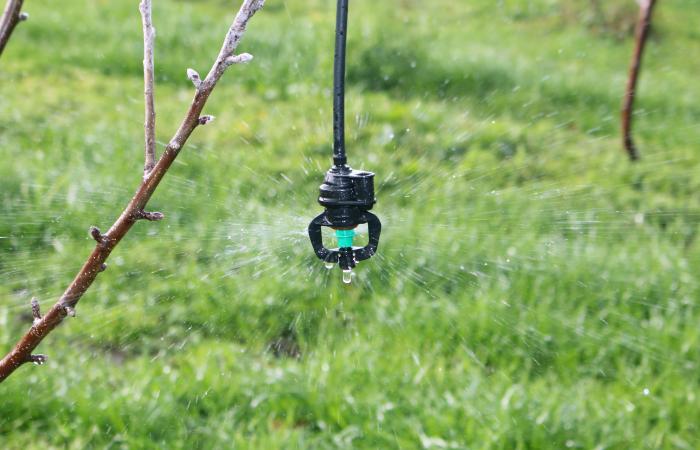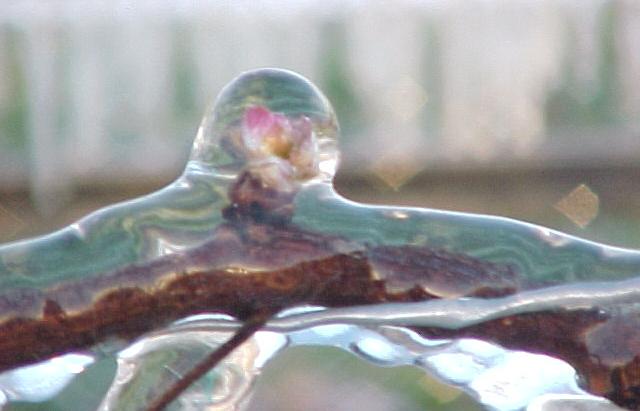WHAT WE DO
Horticulture
Wetting efficiency and uniformity
Irrigation Services is New Zealand’s leader in dripline and micro sprinkler irrigation to horticulture.
The company meets the full range of irrigation, filtration, and pumping needs for our horticultural customers.
We offer a full project management and turnkey package for projects large or small. Our innovative, experienced team is highly skilled in all facets of design, supply, installation, commissioning and maintenance.
Orchard Irrigation
Irrigation Services offer a wide range of orchard irrigation solutions to keep trees evenly wetted during the dryer months, maximising fruit quality come harvest. Our designs strive for irrigation efficiency and wetting uniformity, reducing run-off and over application; we achieve this by considering:
- soil composition
- topography
- climatic conditions
- application rate
- operating pressure
- product selection
Crop Irrigation
Effective crop irrigation systems need to be flexible to cope with the challenge of catering for different crop types and crop rotation. At Irrigation Services we provide you with a highly efficient irrigation system that will ensure accurate and uniform watering, minimizing soil disturbance and allowing easy movement and re configuring. Our design process ensure we consider:
- specific crop requirements
- soil types
- topography
- consent requirements
- flexibility and ease of movement
Climate Control
Frost Protection
Frost protection can be achieved using targeted overhead sprinklers. Overhead systems cover the plant tissue with water, freezing and encapsulate susceptible tissue in ice. Plant tissue is effectively insulated from the severity of the frost by ice.
Under-tree sprinklers can also reduce frost risk; sprinklers on the ground reduce heat loss by radiation from the ground surface, maintaining a higher temperature over the protected area.
Sound engineering, design and installation is critical, with the effectiveness of protection depending on the water application rate and uniformity. As part of the design process we assess and monitor:
- air movement
- sprinkler alignment
- start-up temperature
- dew point temperature
- water volume calculation
- consider losses due to radiation, convection and evaporation
We have vast frost protection and irrigation experience, particularly in the frost-prone Hawke’s Bay and Central Otago areas. Comprehensive frost research in New Zealand specific conditions was undertaken with the help of The Sustainable Farming Fund by Irrigation Services Ltd, Lincoln Ventures, wine companies and component suppliers from 2004-2007. Irrigation Services designed, installed and managed the trial, and were responsible for data retrieval along the way.
Read the full report here, Improving Sprinkler Frost Protection In New Zealand Vineyards Summary Report from 2004-7 Data.
Sunburn Protection
Sunburn protection of fruit can be managed by scheduling irrigation to avoid tree/vine water stress. Over-head micro-sprinker systems are designed to reduce sunburn by delivering misted or sprinkled water over the orchard canopy to cool fruit during the hottest part of the day. Wetting the fruit with a mist of water is effective in reducing fruit's surface temperature.
Careful monitoring of irrigation and rain fall is required to avoid soil waterlogging. Evaporation of the applied water from leaves is an effective way to reduce sunburn.
Fertigation
Fertigation is an efficient and effective way to feed crops, saving time and money while improving yields. Existing irrigation systems can be adapted to enable fertilizers to be delivered through the existing water distribution networks. This method reduces soil compaction, increases soil carbon levels, provides more control over where and when nutrients are applied, and is an efficient way to apply nutrients.
Microsprinklers and drip systems are particularly well suited to fertigation as nutrients are delivered with the irrigation water, directly to the active root zone of the plants.

